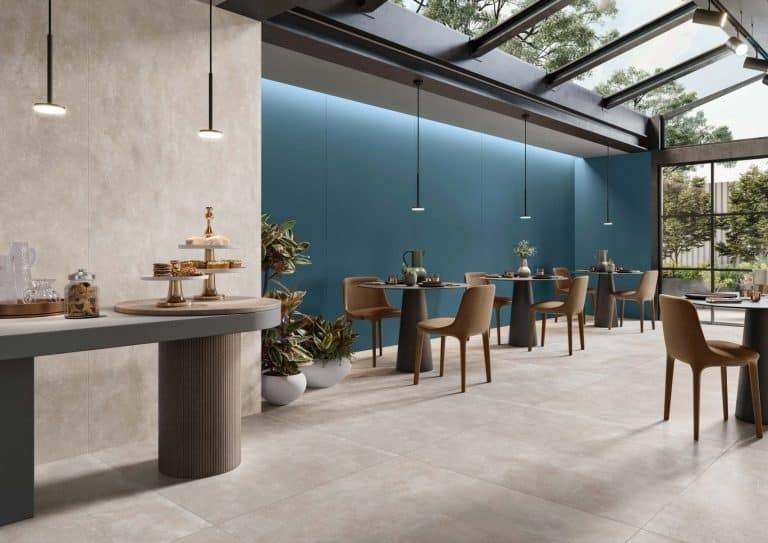Researchers at the Massachusetts Institute of Technology (MIT) have developed a groundbreaking class of stretchable metamaterials—synthetic materials that combine exceptional strength with remarkable flexibility. This breakthrough offers exciting opportunities across various fields such as construction, electronics, product design, and fashion, where balancing durability with flexibility plays a crucial role.
What Are Metamaterials?
Metamaterials derive their unique mechanical properties from their internal structure rather than their chemical composition. Traditionally, scientists engineered these materials to be stiff and strong, often sacrificing flexibility. This limitation hindered their use in applications requiring both resilience and compliance, such as wearable technology or flexible packaging. However, the advent of materials that are stretchable brings new possibilities.
The Double-Network Innovation
MIT’s researchers designed a novel double-network architecture to overcome this trade-off. Although they used a rigid plexiglass-like polymer as the base material, the true innovation lies in its internal structure.
Using a laser-based 3D printing method called two-photon lithography, they combined two microscopic networks into one material. The first network forms a rigid scaffold of struts and trusses, while the second is a soft, coiled network woven throughout the structure. Such stretchable metamaterials can elongate up to four times their original length without fracturing—significantly outperforming conventional materials made from the same polymer.
Inspiration from Hydrogels
The researchers took inspiration from hydrogels, soft materials known for combining elasticity and toughness through dual polymer networks. By applying these concepts to hard polymers, they achieved a balance of strength and flexibility. When utilizing stretchable metamaterials, the soft network absorbs and redistributes stress when the material stretches or cracks, preventing brittleness common in rigid materials.
Analytical Comparison Table
| Property | Traditional Metamaterials | MIT Double-Network Metamaterials |
|---|---|---|
| Stretchability | Up to 1.2 times | Up to 4 times |
| Stiffness | High | High with enhanced flexibility |
| Crack Resistance | Low | High |
| Manufacturing Method | Conventional | Laser-based 3D printing |
| Potential Applications | Limited by brittleness | Metamaterials that are stretchable offer broad applications: electronics, packaging, design |
Future Applications and Challenges
Potential Fields:
- Construction: Develop flexible structural materials that withstand expansion and contraction without damage.
- Wearable Electronics: Create devices that maintain durability while flexing with the user.
- Flexible Packaging: Design packaging that resists tearing under pressure, helped by these new metamaterials.
Challenges:
- Extend this design approach to brittle materials such as ceramics and metals.
- Improve manufacturing efficiency and cost-effectiveness.
- Study long-term material behaviour under different conditions.
Human and Technical Insight
This innovation shifts material design from relying solely on base materials to engineering their internal structures. Designers can now tailor materials to meet specific strength and flexibility needs, reducing raw material consumption and enhancing sustainability. Metamaterials with stretchable properties are paving the way for eco-friendly solutions.
From an environmental perspective, increasing material durability reduces waste and resource demand, supporting the global movement toward more eco-friendly and biodegradable building materials.
Conclusion
The development of metamaterials that have stretchable properties using a double-network architecture marks a significant advancement in synthetic materials. This technology blends durability and flexibility in ways previously unattainable, promising to revolutionise materials used in construction, electronics, and design. As research progresses, stretchable metamaterials will become fundamental in creating high-performance, sustainable products.
ArchUp is your platform to follow everything “architectural“: news, analyses, and designs straight from the heart of the modern architectural movement.







